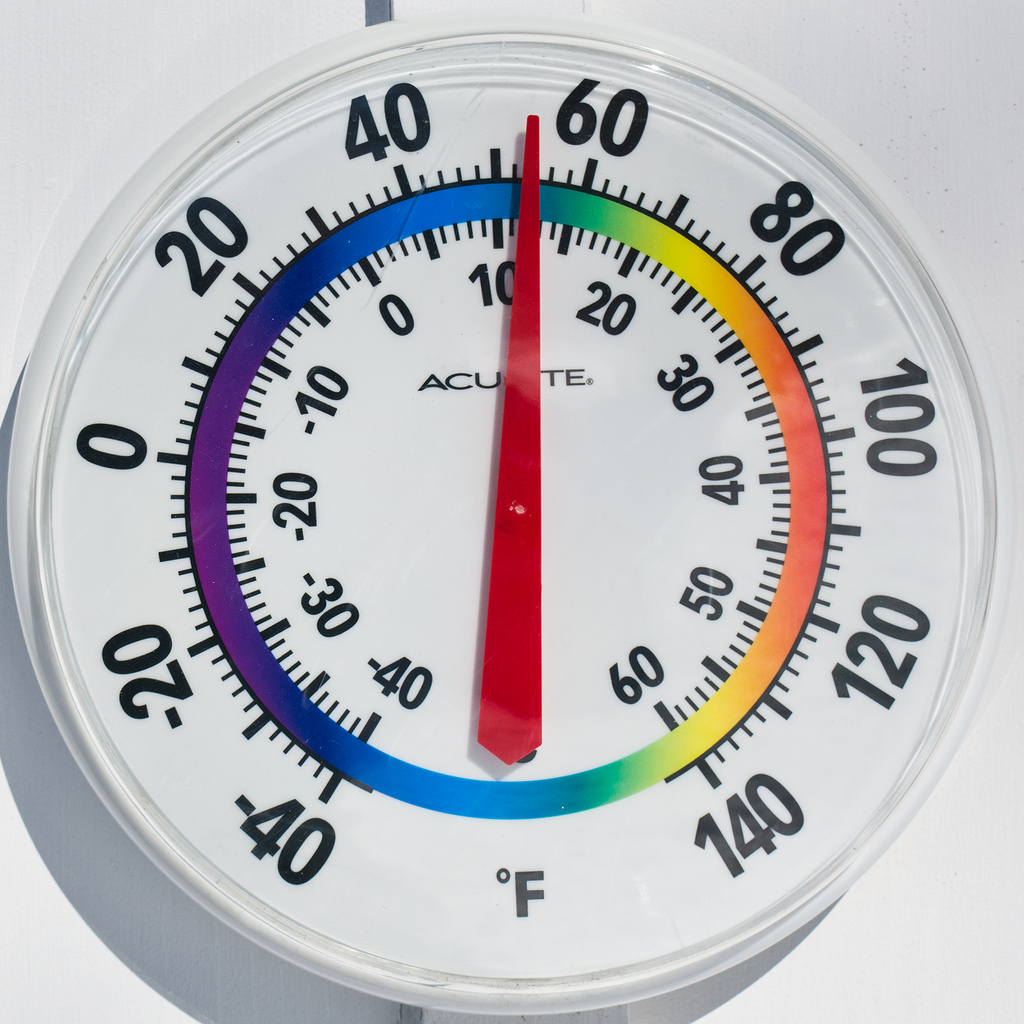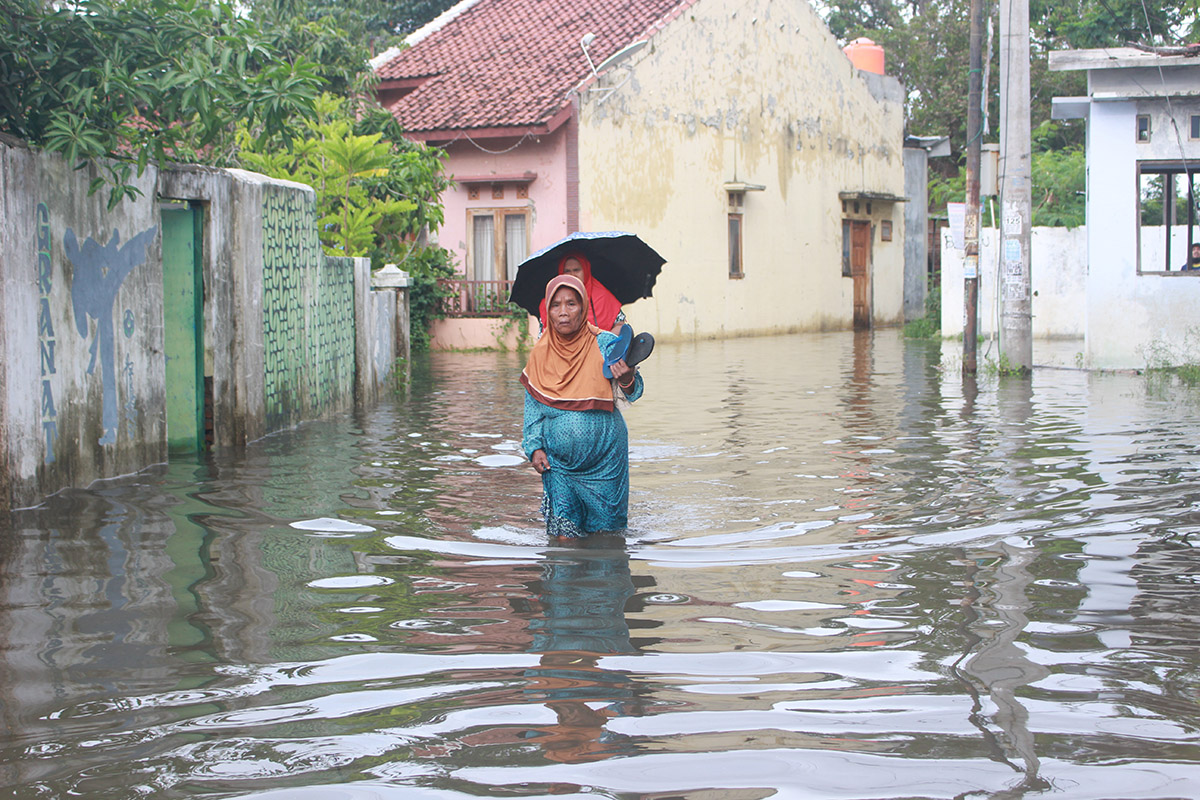“Hot cities affect climate change and health”
September 20 India has launched a Smart Cities Mission to reform delivery of services. Abhilash Borah, 23, a Commonwealth Correspondent from Assam, India, argues the plan must consider climate change and public health needs.
India has launched a Smart Cities Mission to reform delivery of services. Abhilash Borah, 23, a Commonwealth Correspondent from Assam, India, argues the plan must consider climate change and public health needs.
Development has come at a cost, with a threat that the climate is challenging society at large. With increasing population, climate change presents a unique challenge for people living in urban regions.
India is the fourth fastest growing economy in the world and has undertaken a gamut of development policies for growth and development. One that strikes the most is the Smart Cities Mission.
Even though the stated plan is noble in its character, the issues that lie behind are not so encouraging. A scientific phenomenon known as Urban Heat Islands has the potential to undermine the efforts and bring catastrophic disasters. Public health is at stake. Concerted efforts to mitigate the threat is the need of the hour.
In the previous decade, studies from NASA Satellite data confirmed that Urban Heat Islands (UHI) are responsible for an increase in rainfall events around cities. UHI is created as a result of excessive artificial surfaces such as concrete and asphalt that act as giant reservoirs of heat. Cities tend to be 0.56 to 5.6 degrees Celsius warmer than surrounding suburbs and rural regions. The added heat can change air circulation in and around the cities.
It is necessary to understand the impact of rapid urbanisation on local climate as India’s concretising cities are becoming heat islands. Urban Heat Islands, the deadly heat waves and human health in major Indian cities is a threat that cannot be ignored. Researchers have warned that a warming climate would result in an increase in the frequency and intensity of heat. It is observed that the heat island effect experienced by many cities is greater at night, more pronounced in winter and more apparent when weaker winds blow.
The temperature trends in urbanised cities are rapidly rising, and erratic monsoon rainfall due to extreme climatic events is on the rise, disrupting citizens and the economy. Due to unplanned development, urban floods have been a major worry. The heavy floods in Mumbai in August 2017 are a testament to the changing climate.
With all these factors at play, the health of citizens is at stake. Any natural or man-made disaster would cause turmoil in the life of inhabitants. It is highly essential to devise emergency strategies to contain the rising influence of Urban Heat Islands and the impact on air pollution.
Being one of the major flagship projects of the government, the aims are to ensure adequate water supply and electricity, robust solid waste management, affordable housing with clean water and hygiene, and efficient, state-of-the-art urban mobility and public transport. It means a long and painstaking task is in the pipeline for developers. Keeping concern for both development and environmental sustainability should be highly prioritised without delving into anything irrelevant which might not be a boon for the citizens.
Anthropogenic heat, air pollution, and thermal properties of materials used in construction – along with the surface geometries of the cities which is largely responsible for the Urban Heat Island effect – need to be thoroughly studied. There needs to be a practical plan to mitigate the efforts, or else reports of heat stress, heat waves and deaths due to air pollution will inevitably rise.
Energy demand is on the rise. Promoting the sustainability of the environment and the maintenance of air quality in rapidly growing cities is critical. Protecting human health is a massive assignment to work upon, and mitigating the effects of urban heat islands is a must as a first step towards comprehensively dealing with climate change and its health impact in cities in India and worldwide.
For further reading on this issue, see
- https://www.adb.org/publications/accounting-health-impacts-climate-change
- http://www.climatehotmap.org/global-warming-effects/health.html
- http://theconversation.com/australians-cant-ignore-the-health-impacts-of-climate-change-4523
- https://www.sciencedaily.com/releases/2016/03/160301144807.htm
- https://www.hsph.harvard.edu/news/features/climate-change-heat-waves-dominici/
- http://www.fao.org/zhc/detail-events/en/c/454543/
- http://smartcities.gov.in/upload/uploadfiles/files/What%2is%20Smart%20City.pdf
- http://www.sciencedirect.com/science/article/pii/S1877705811029481
- http://indianexpress.com/article/explained/studying-the-climate-of-farm-suicides-477956
photo credit: Timothy Valentine 54 in the Sun via photopin (license)
………………………………………………………………………………………………………………………………………………………
About Me: I am an Associate Fellow to The Royal Commonwealth Society, United Kingdom and India’s Global Youth Ambassador to United Nation’s A World At School global education initiative. International relations, education advocacy, science and society, journalism, and geosciences are my passion and interests where my heart lies.
I am an ambitious young leader who aspires to one day lead India to the forefront of negotiations for nuclear disarmament in my quest to build a just, better, brighter and amazing world.
………………………………………………………………………………………………………………………………………………………
Opinions expressed in this article are those of the author and do not necessarily represent the views of the Commonwealth Youth Programme. Articles are published in a spirit of dialogue, respect and understanding. If you disagree, why not submit a response?
To learn more about becoming a Commonwealth Correspondent please visit: http://www.yourcommonwealth.org/submit-articles/
………………………………………………………………………………………………………………………………………………………




